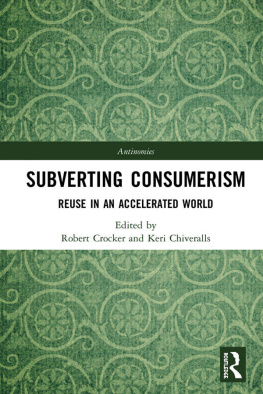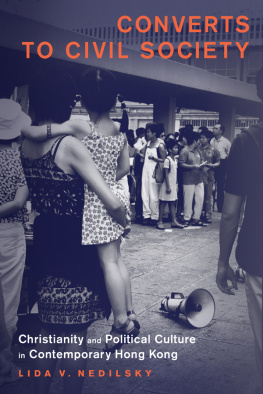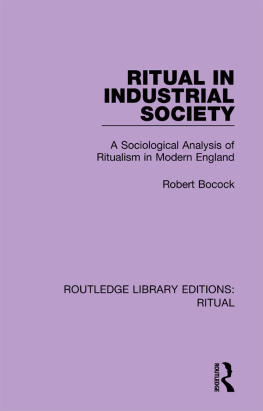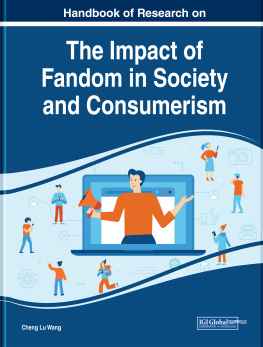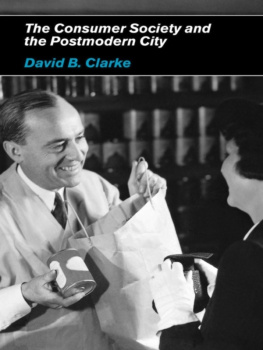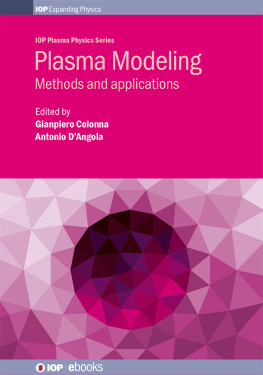Gianpiero Vincenzo
New Ritual Society
Consumerism and culture in contemporary society
Indice
The Author
Gianpiero Vincenzo (born in Naples, 1961) is a sociologist, islamist, art critic and novelist. He has managed contemporary art exhibitions and published catalogues of art, academic essays and novels. Il Libro Disceso dal Cielo (The Book descended from Heaven, edited by Salani, 2005), his first historical novel, has been translated into six languages, including Turkish and Indonesian. After teaching many years at the University of Naples Federico II, in 2010 he was appointed professor of Sociology at the Fine Arts Academy of Catania.
The Book
New Ritual Society is impressively thorough and wide- ranging - Randall Collins
The development of consumerism-related and mass-culture art is also taken into consideration.
And this is not merely by chance, because Vincenzo, professor at the Accademia di Belle Arti in Catania, deems the understanding of such crucial aspects of present society and culture as essential, in order to educate young artists and to achieve an art that actively contributes to a free and creative alteration of our world view. - from the Preface by Francesco Poli
Therefore, in my opinion, one of the estimable and original, in a certain sense, aspects which is an added value in Gianpiero Vincenzos work is the search for a central thread among the different sociological theories. - from the Afterwords by Grzegorz J. Kaczynski
Molti valori simbolici e mitici, che in passato erano ormai istituzionalizzati e le cui valenze costituivano un patrimonio insostituibile per la societ di allora, appaiono oggi decaduti o indecifrabili, appunto perch si spenta la loro carica simbolica.
Assistiamo per contro, al proliferare di nuovi miti e di nuovi riti, basati sopra lordirsi di inediti legami simbolici che, gi al loro primo apparire, risultano come del tutto o parzialmente feticistici.
Gillo Dorfles, Fatti e fattoidi
Preface
Francesco Poli
When even everyday language has been pervasively infected by economics and trade, and by their vocabulary, it means that our anthropological, cultural and social identity has inexorably suffered a deep collective and individual transformation.
Now, in the view of market analysts and pollsters, marketing and commercial strategists, producers and sellers of any goods material and immaterial managers and politicians, and, generally speaking, in the view of mass media, we all have become first and foremost consumers. People (women, men, kids, young or old, rich or poor) tend to be framed in categories and evaluated according to their actual or potential rate of consumption; they are considered only as possible targets of this or that product; their behaviour is analysed in order to create the most effective types of persuasion and urge to purchase.
And in the field of culture too, and not only mass culture, book readers, theatre, cinema and gig audiences, museum visitors, all fall within the category of consumers (functional to leisure markets or to more sophisticated consumption). Market logic tends to influence even creative production in its forms and contents.
Our society, globally speaking, has become, by definition, consumerist, with undoubtedly positive effects: an increased development of material well-being; the satisfaction in achieving needs and desires which are neither basic nor primary; a greater freedom in individual behaviour; a dynamic vitalisation of the imagery; a wider circulation of information and cultural stimuli, etc.
However, many negative effects have been and are being produced as well: from the alienating massification of brains to the often-worrying growth of various addictions and bulimia; from the distressing commercialisation of human and cultural values to the manipulated imposition of conformist rituals, in order to keep and increase the artificial circle of consumption.
In this essay, Gianpiero Vincenzo tackles such issues from a sociological point of view, both diachronically and synchronically, referring to major experts works.
A look at the bibliography is enough in order to confirm the reliability of the study: classics of sociology such as Durkheim, Tnnies, Simmel, Weber; fundamental authors such as Benjamin, Packard, Habermas, Debord, Marcuse, Goffman and Baudrillard; and great specialists such as Bordieu, Bauman, McCracken and Moscovici.
The analysis of consumerism, its origins, its development, its social and historical context, writes Vincenzo, is not only an attempt to contribute to understanding some of the most relevant aspects of contemporary life, but is also an account of the social events that deeply influence contemporary culture and mentality.
The development of consumerism-related and mass-culture art is also taken into consideration. And this is not merely by chance, because Vincenzo, professor at the Accademia di Belle Arti in Catania, deems the understanding of such crucial aspects of present society and culture as essential, in order to educate young artists and to achieve an art that actively contributes to a free and creative alteration of our world view.
Introduction

Interior of the Mall of America, Camp Snoopy; Bloomington.
Discovering which are the most visited places on Earth is peculiarly indicative of human behaviour and can be really surprising. Just consider places dedicated to art. In 2011, the monthly magazine The Art Newspaper calculated that the Louvre in Paris was by far the most attended museum in the world, with more than 8 million visitors per year, followed by the Metropolitan Museum in New York and the British Museum in London, with about 6 million visitors per year. The first and only Italian museum, among the first twenty in the world, is the Galleria degli Uffizi in Florence, at the nineteenth place, with little more than 1.7 million visitors.
Museums are not, however, the main pole of attraction for people. Theme parks manage to appeal to a more numerous audience. According to Disney data, in 2009, the Magic Kingdom at Walt Disney World in Florida attracted more than 17 million visitors, two more than Disneyland in California: more or less the same number of people as the first three major museums.
Nonetheless, continuing along the lines of the Guinness world records, the biggest crowds of people move neither for cultural tourism nor for entertainment, but they rather go in the direction of pure consumption. The record of most crowded places goes to shopping malls, such as the West Edmonton Mall in Alberta, Canada, which has a shopping surface of 350,000 m, and a total of 500,000 m, and, according to the magazine Travel+Leisure, an average of 28 million visitors per year.

Comparison number of annual visitors in museums, entertainment parks and shopping malls, Worldofmeters.com data.






